How to Use Your Air Conditioner
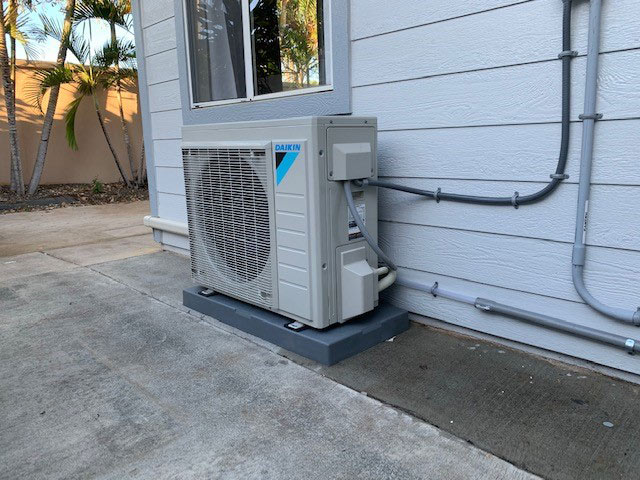
As summer heat waves intensify, many of us turn to our trusty air conditioners for relief. While air conditioners (ACs) are a great way to stay cool, using them inefficiently can lead to high energy bills and unnecessary strain on the system. If you’re facing extreme heat, it’s essential to use your AC more effectively to maximize comfort while minimizing energy consumption. In this post, we’ll explore how to optimize your AC usage during extreme temperatures.
1. Set the Thermostat at a Reasonable Temperature
The first and most straightforward tip is to set your thermostat at an optimal temperature. While it might be tempting to set your AC to the lowest possible setting to combat the extreme heat, this can be counterproductive. In fact, setting the thermostat too low will not cool the space any faster, and it will put unnecessary strain on the system, leading to higher energy consumption.
The U.S. Department of Energy recommends setting your thermostat to 78°F (25-26°C) when you’re at home and awake. When you’re sleeping or away from the house, increase the temperature by a few degrees to reduce energy usage. A small adjustment of just 3-5°F can have a significant impact on your energy bills without sacrificing comfort.
If your AC unit has a programmable thermostat, use it to automate temperature changes based on your schedule. Modern smart thermostats can even learn your preferences and adjust automatically, ensuring your home stays comfortable without you having to think about it.
2. Use Fans to Supplement Your AC
While air conditioners are great at cooling down spaces, they do so by removing heat from the air. In extremely hot conditions, the sheer volume of heat can overwhelm the system, especially if your home has poor airflow. A simple yet effective solution is to use fans in conjunction with your AC.
Ceiling fans, box fans, or oscillating fans help circulate the cool air produced by the AC, making the space feel cooler without having to lower the temperature on the thermostat. Fans work by creating wind-chill effects, which can make you feel cooler even if the air temperature is unchanged.
When using fans, remember to turn them off when you leave the room as fans are designed to cool people, not rooms. Additionally, setting the fans to rotate counterclockwise in the summer will create a cool breeze, which improves comfort.
3. Seal Gaps and Insulate Your Home
One of the biggest reasons an air conditioner struggles to cool a home efficiently is the loss of cool air due to poor insulation and gaps around windows and doors. In extreme heat, hot air can seep into your home, making it difficult for your AC to maintain a comfortable temperature.
Before you turn on your AC, do a quick inspection of your home for gaps around windows and doors. Weatherstripping or caulking these openings can prevent hot air from entering and cool air from escaping. Additionally, ensure your windows are fully closed during the hottest part of the day. Consider using heavy curtains or reflective window film to block out the sun’s heat.
Another great option is adding or upgrading insulation in your attic, walls, and floors. Proper insulation will help keep your home cooler in the summer and warmer in the winter, reducing the amount of work your AC has to do to maintain a comfortable temperature.
4. Perform Regular Maintenance
To keep your air conditioner running at peak performance during extreme heat, it’s essential to perform regular maintenance. An AC unit that is dirty or poorly maintained will not cool efficiently, which leads to higher energy consumption and a shorter lifespan for your system.
Here are a few maintenance tips you can do yourself:
- Replace the air filter: Clogged filters reduce airflow and force your AC to work harder. Replace the filter every 1-3 months, especially during hot weather, to maintain optimal performance.
- Clean the condenser coils: The coils on the outside unit can get clogged with dirt, leaves, and other debris. Use a hose or a coil cleaner to gently clean them, ensuring proper airflow and heat dissipation.
- Check the evaporator coils: If your indoor evaporator coils are frozen, your AC will struggle to cool the air. You may need to call a professional for more advanced cleaning or repairs.
- Ensure proper refrigerant levels: Low refrigerant can reduce your AC’s cooling efficiency. If you suspect an issue, have a professional technician check the refrigerant levels.
5. Close Unused Vents and Rooms
If you’re cooling a large home with many rooms, it may be tempting to try and cool every corner of the house. However, closing off unused rooms and vents can help focus the cooling on the areas you actually use, making your AC more effective. For instance, if you spend most of your time in the living room or kitchen, close the vents in unused bedrooms or hallways to redirect the cool air.
Be careful not to close too many vents, though, as this can cause uneven pressure inside your ducts, potentially damaging the system. A good rule of thumb is to close off no more than 20-30% of your vents.
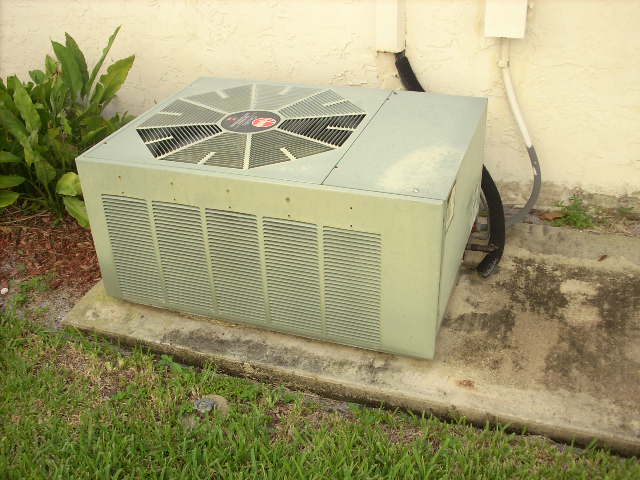
6. Cook and Use Appliances Strategically
Cooking with the stove or oven can make your house even hotter, especially during extreme heat. If possible, avoid using heat-producing appliances during the hottest parts of the day. Consider cooking meals early in the morning or late in the evening when temperatures are cooler. If you’re looking to stay cool indoors, it’s also a good idea to have your air conditioning checked regularly. For residents in the area, aircon servicing Yishun can ensure your system is running efficiently, keeping your home comfortable even during the heat of the day.
Alternatively, use a microwave, slow cooker, or air fryer, which generate less heat. Also, try to limit the use of other appliances like dryers and dishwashers, which can increase the ambient temperature in your home.
If you need to use your oven or stove, make sure your AC is running to offset the heat, and try using exhaust fans to vent warm air outside.
7. Consider a Zone Cooling System
If you live in a large house, or one with multiple stories, consider installing a zone cooling system. These systems allow you to set different temperatures for different areas of the house, which can save energy by cooling only the rooms that need it most. For instance, you might set your bedroom to a cooler temperature for sleeping while keeping the living room at a more comfortable, moderate setting.
A zone cooling system involves installing additional dampers in the ductwork and can be managed with a smart thermostat. This solution may require a professional installation but can significantly improve efficiency during extreme heat.
8. Use the AC’s “Energy Saver” Mode
Many modern air conditioners come with an “Energy Saver” mode, which is designed to reduce energy consumption. In this mode, the AC cycles on and off based on the room temperature. When the room reaches the set temperature, the fan will continue to run, but the compressor will turn off, saving energy.
Using this mode can help reduce electricity costs while still keeping your home comfortable. If your AC doesn’t have this feature, consider purchasing a smart plug or energy-saving device that can regulate when the AC turns on and off.
9. Don’t Block the Airflow
Ensure that nothing obstructs the airflow of your air conditioner, both inside and outside the home. Furniture, curtains, and drapes can block the air vents, causing your AC to work harder to circulate air. Outside, ensure the area around your AC’s outdoor unit is clear of debris, bushes, or other objects that might limit airflow.
Conclusion
In extreme heat, using your air conditioner effectively isn’t just about turning it on and setting it to a low temperature. By combining smart thermostat settings, supplemental fans, proper maintenance, sealing gaps, and strategic appliance use, you can significantly improve your cooling efficiency. Not only will these tips help you stay cool, but they’ll also help you save money on energy bills and extend the life of your air conditioner. Stay cool, and enjoy the summer!


 The Psychology of Branding
The Psychology of Branding 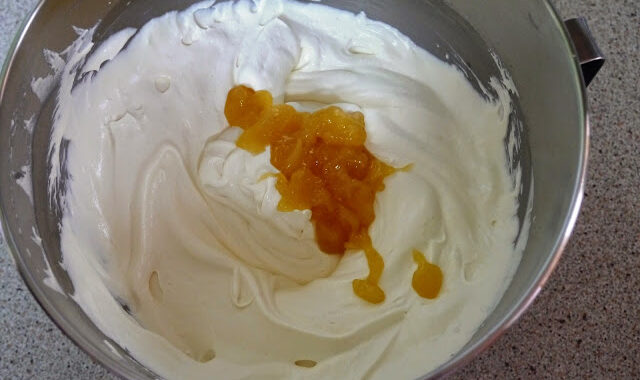 Nosboss Cream Chargers for Melbourne Customers
Nosboss Cream Chargers for Melbourne Customers  Yemeni Language in Preserving Cultural Heritage
Yemeni Language in Preserving Cultural Heritage  Running Seasonal Advertising Campaigns
Running Seasonal Advertising Campaigns 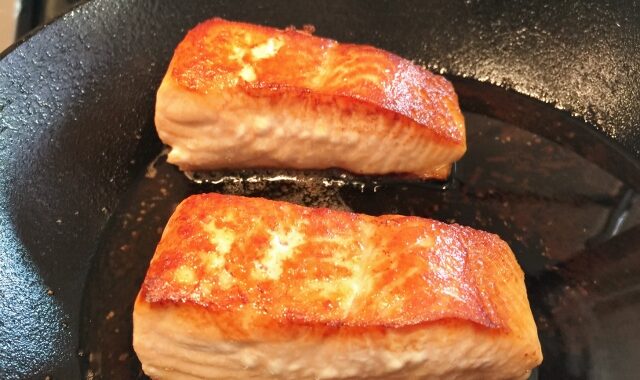 Omega-3 for Reducing the Risk of Stroke
Omega-3 for Reducing the Risk of Stroke 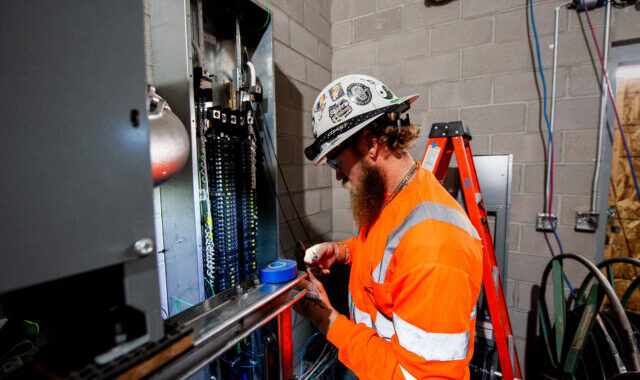 How Electricians Can Help
How Electricians Can Help 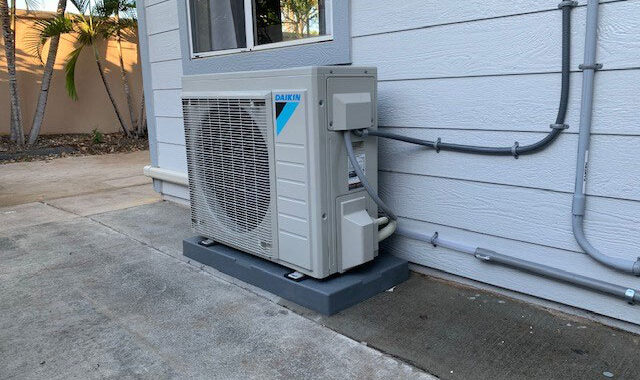 How to Use Your Air Conditioner
How to Use Your Air Conditioner